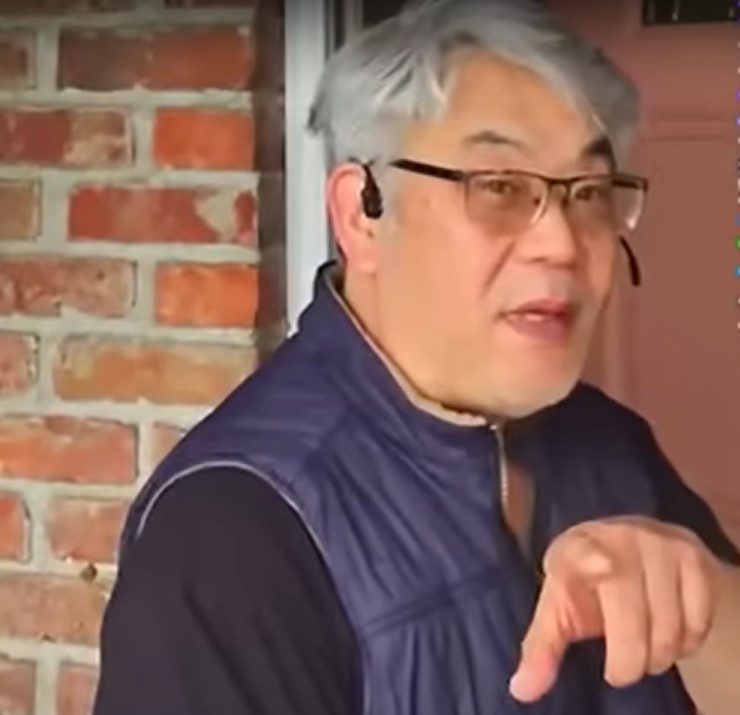In a shocking exposé, we delve into the world of legal squatting in Seattle, Washington. The city’s laws have created a loophole allowing squatters to inhabit homes without paying rent, leaving homeowners in distress.

This article examines a high-profile case involving a squatter named Kim and the systemic issues contributing to this crisis.
The Epidemic of Squatting in Seattle
Seattle, Washington, has become notorious for its squatting problem, where individuals can occupy homes without legal repercussions. This phenomenon was highlighted in a recent investigation revealing the struggles of homeowners like Josh Gan Singh. Singh, an immigrant who invested his hard-earned money into a $2 million property, found himself unable to evict a squatter, Kim, who had not paid rent in over two years.
The Case of Kim: A Serial Squatter
Kim’s case garnered national attention when he squatted in Singh’s property in Bellevue, Washington. Despite multiple eviction attempts and public protests, Kim exploited the legal system to remain in the house. The Housing Justice Project even paid $88,000 in delinquent rent for Kim, further complicating the eviction process.
The Legal Loopholes Protecting Squatters
The situation in Seattle is exacerbated by the city’s broken legal system. Homeowners face significant challenges in evicting squatters due to lengthy legal processes and backlogged eviction cases. Singh’s frustration is palpable as he describes the mental and financial toll of dealing with a squatter who exploits taxpayer-funded legal protections.
Meeting the Homeowner and the Squatter
Journalist Jonathan Cho met with both Singh and Kim to understand their perspectives. Singh, living just 1,000 feet from his investment property, expressed his anguish over the situation. Kim, on the other hand, portrayed himself as a victim of a crooked landlord, despite court rulings favoring Singh.
The Broader Impact on the Community
The squatting epidemic affects not only individual homeowners but also the broader community. Empty houses attract more squatters, creating unsafe neighborhoods. Local authorities struggle to address the issue, as police cannot intervene in civil matters without court orders.
A Glimpse into the Squatters’ World
Further exploration led to encounters with other squatters in Seattle. Abandoned properties, like the one inhabited by Kim, become havens for squatters, leading to deteriorating neighborhood conditions. These properties often lack basic amenities, forcing squatters to resort to dangerous measures to stay warm, such as lighting fires indoors.
Potential Solutions and the Role of the Legal System
To address this growing problem, there is a need for legal reforms in Seattle. Simplifying the eviction process and providing better support for homeowners could help mitigate the impact of squatters. Additionally, community awareness and stronger enforcement of property rights are crucial.
Conclusion
The case of Kim and other squatters in Seattle highlights a significant flaw in the city’s legal system. Homeowners like Singh face an uphill battle in reclaiming their properties, while squatters exploit legal protections meant for vulnerable populations. It is imperative for Seattle to address these issues to restore justice and protect homeowners’ rights.

